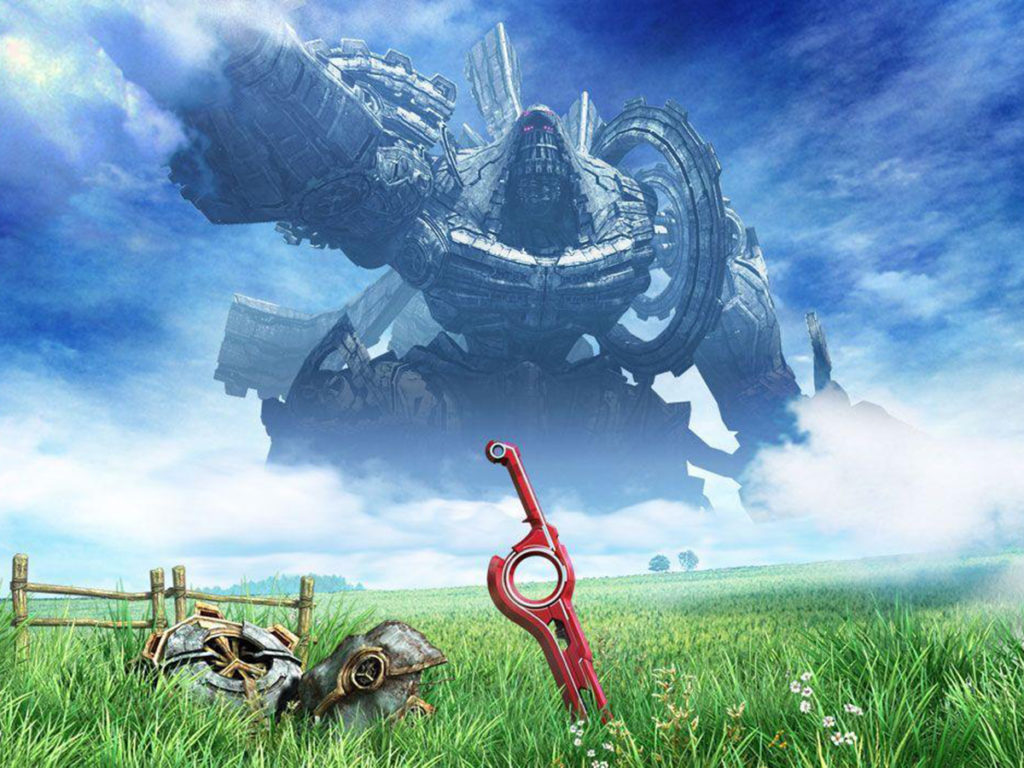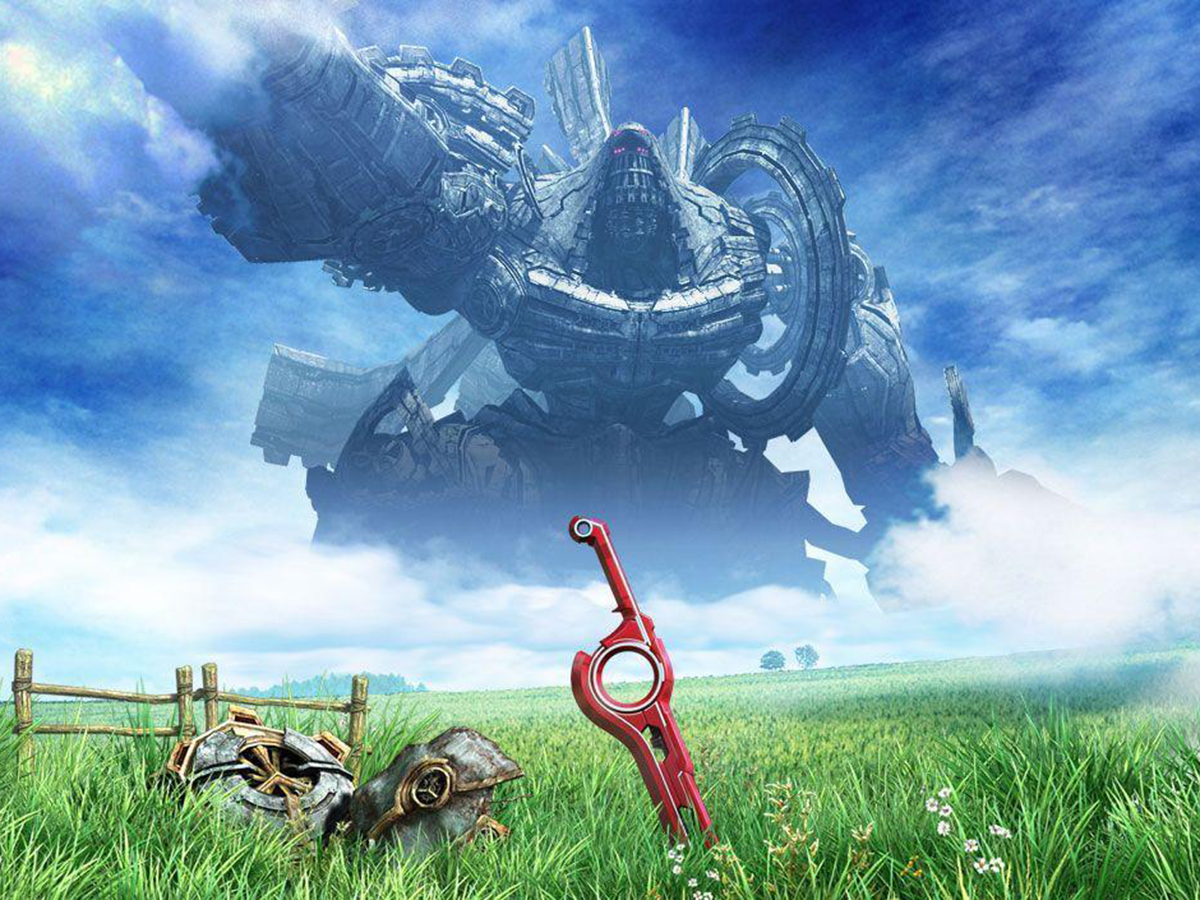
Every year, players make choices on what games they want to play and it’s hard for many niche titles to stand out amongst the sea of quality and popularity. Yet, there are many times where a lesser-known title gets that recognition and Monolith Soft’s “Xenoblade Chronicles” is certainly one of those special cases. Originally released in Japan on June 10 of 2010, the game received praise for its innovation in the Japanese Role-Playing Game (JRPG) genre and it’s enriching story and lore. Despite doing well in Japan, the title wasn’t even planned to be released in the U.S. as Nintendo had little faith in the title doing well in its market. This is the case as the JRPG genre had never been popular in the west outside of SquareEnix’s Final Fantasy series.
Yet, fans quickly vocalized their insatiable need for a U.S. release by organizing Project Rainfall, a fan campaign centered around the localization of many Japanese video games. Starting in 2011, their goal was to have “Xenoblade Chronicles” released in the U.S. By sending letters and raising awareness, the campaign was becoming hard to ignore as many gaming news outlets began to report and pay close attention to the campaign efforts. After a year and a half of campaigning, their goal became reality when the title was finally released on April 6, 2012 in the U.S. Since then, Monolith has worked closely with Nintendo to highlight Xenoblade as a franchise by creating two separate titles in the series with their own unique style. In fact, “Xenoblade Chronicles” has seen a re-release for the New 3DS and even a definitive edition set to launch on May 29. The game’s success is built on three major elements that ties everything together and creates a beautiful experience.
Story
Perhaps the most important part of any great JRPG is the story that envelops the rest of the game. In “Xenoblade Chronicles” case, it’s quite unique and interesting. In a world enveloped in water, all life rests on two dormant giants: The Bionis and Mechonis. Both host a wide variety of life ranging from humans to metallic beings called Mechon. The story follows Shulk who wields the legendary sword, the Monado, which can defeat the Mechon and has unknown powers stored inside. Players follow his journey to unlock the secrets of the weapon and avenge his fallen love interest, Fiora. He crosses paths with many different characters who have their own reasons to join Shulk’s quest, such as his best friend Reyn who acts as Shulk’s personal bodyguard. Even his mentor Dunban sets out to discover the secrets of the mysterious mechon.
Even though the main synopsis is simplistic in nature, the game’s 70 hour story includes so many trials and tribulations for our heroes to struggle through. In fact, the epic plot twists keep the main story interesting and mysterious to lead players through it’s tragic world. The JRPG genre is known for having great stories that tell tall tales of heroes in hardship. While Xenoblade is no different, there’s a certain intrigue to the world that engrossed players into the setting very well. Spending so much time with each character and seeing them develop throughout the plot is endearing and very captivating; it’s the biggest reason why this game had such a cult following and rabid fanbase. Wrapped in that overarching plot, however, is some of the greatest combat that compliments everything else.
Gameplay
Every great RPG has something unique about its main gameplay loop to keep players invested. Whether it’s the real time rhythm based attacks or a timing stamina based combat; each game tries to bring something unique to players. Xenoblade, however, incorporates so many elements and blends them together very seamlessly by utilizing a real time action based system. In battle, characters automatically attack and it’s up to players to decide when and where to use abilities called arts that affect the enemies or party depending on position, status effects and combos. On top of that, there are many party mechanics such as chain attacks and talent gauges that deepen the toolset players can take advantage of to be successful in combat. Add to this each character’s own skill set, traits and equipment; the possibilities in battle can be quite intimidating. Nevertheless, Xenoblade builds on itself gradually to help players understand the mechanics of combat as it’s only one part of a larger game.
The world to explore at large is quite expansive with each area comprising a large amount of scenery and locales to visit and log. With the added side quests and collectibles; there’s hardly any downtime where the game will feel dull and boring. For a 2010 title, the open world is full of places and secrets to explore. There’s even an in-depth affinity chart for raising each location to its absolute fullest potential. Helping townsfolk and exploring will help raise this chart to show off more personality and nuance to deepen the connection between everything that surrounds the player. Despite some of the best elements emerging from the plot and gameplay, the expertly crafted music and sound design puts the cherry on top for this masterpiece.
Music
A great soundtrack goes a long way to set the tone for any and all situations. At times, many games can suffer from having a generic or overbearing soundtrack that fails to connect with players. “Xenoblade Chronicles,” however, does the exact opposite with its well-composed elegant soundtrack to set the mood in so many ways. Composed by some of the best JRPG talent such as Yoko Shimomura, Manami Kiyota and Yasunori Mitsuda with help from Japanese musical trio ACE+, the soundtrack is packed with a wide variety of genres. From the epic metal in boss fights to the simplistic strings in heart-wrenching moments, the soundtrack delivers countless times on the moments that matter. The variety is what makes the sound so unique and powerful; it’s by far one of the best parts of the whole experience.
“Xenoblade Chronicles” has been a part of the best gaming experiences of the past decade. It’s truly no surprise why Monolith Soft has been rereleasing this game for every new Nintendo system. Not to mention, the new definitive edition will implement new areas and storylines that were cut from the original to give a truly complete story. Replay “Xenoblade Chronicles,” it’s a timeless game that captures its audience and keeps them enthralled the entire way through.








